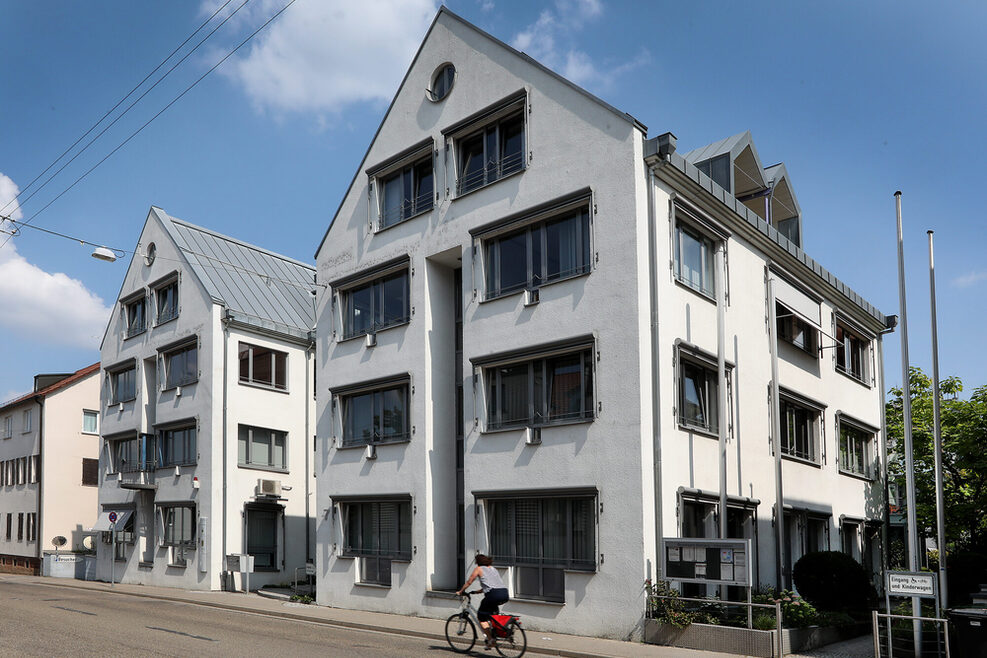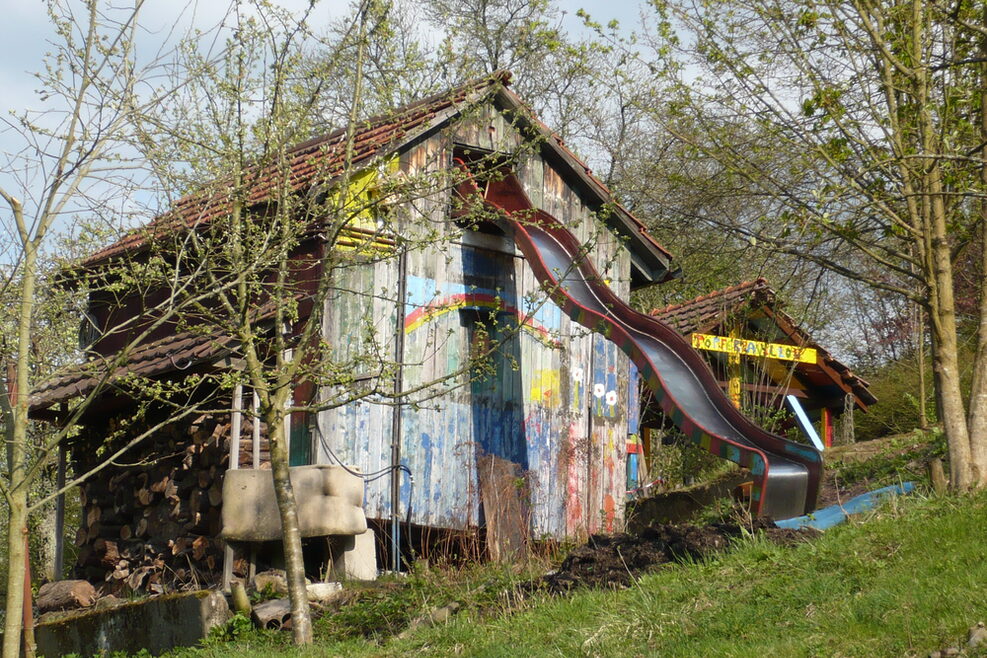Geschichte
Funde aus der Römerzeit lassen auf eine Töpferei und Ziegelei auf hiesigem Gebiet schließen. Die schriftliche überlieferte Geschichte von Botnang beginnt mit der ersten urkundlichen Erwähnung im Jahre 1075. Die bisherigen Grundherren, die Grafen von Calw, übertrugen ihren Besitz und die Erträge aus Botnang dem Kloster Hirsau. 1481 wurde Botnang durch Kauf von Graf Eberhard im Bart württembergisch.
Kirchlich gesehen gehörte Botnang bis ins 15. Jahrhundert zu Feuerbach; im Jahre 1483 wurde es abgetrennt und erhielt eine eigene Pfarrei. 50 Jahre später wurde in Botnang die Reformation eingeführt.
Die wirtschaftliche Grundlage des Ortes bildete neben dem Weinbau das Bleicher‐ und Wäschereigewerbe. 1597 traf die Botnanger ein schwerer Schlag: Herzog Friedrich I. förderte in Urach die Neugründung einer „Linnen‐ und Bleicheranstalt“. Diese erhielt sogar das Monopol für das ganze Land – für die Botnanger in schwerer Schlag. Im Jahre 1631 erfolgte die Trennung der Verwaltung von Feuerbach mit eigenem Ortsgericht und Rat.
1914 fuhr die Straßenbahn Linie 18 das erste Mal nach Botnang. Am 1. April 1922 wurde der Ort nach Stuttgart eingemeindet. Die erste Einwohnerzählung nach der Eingemeindung fand 1925 statt, damals zählte der Stadtbezirk 4.579 Einwohner. Heute leben etwa 13.000 Menschen in Botnang.
Heute
Mit seinen zahlreichen Hochhäusern und den rund 13.000 Einwohnern ist Botnang mit den vier Stadtteilen ähnlich dicht besiedelt wie der Stuttgarter Westen. Der Stadtbezirk zeichnet sich durch eine vielfältige Vereinslandschaft aus – von der Künstlergruppe „Botnanger stellen aus“ bis zum Rallye Club Solitude Botnang. Kinder und Jugendliche können sich auf der Robinson Jugendfarm Botnang, einem pädagogisch betreuten Abenteuerspielplatz, austoben.
Besonders bekannt ist Botnang durch die Bäckerei Klinsmann, die vom Bruder des einstigen Bundestrainers Jürgen Klinsmann betrieben wird. Während der Fußball‐WM 2006 in Deutschland stürmten Reporter, Fernsehteams und Fans den kleinen Verkaufsraum.
Die Tatsache, dass Botnang von herrlichen Wäldern mit gutem Waldwegenetz umgeben ist, führte zu der Idee, einen Rundwanderweg – den Kuckucksweg – um den Stadtbezirk anzulegen. Denn der Kuckuck ist das Wahrzeichen Botnangs. Der Weg war der erste Themenweg dieser Art in Stuttgart. Der 10,5 Kilometer lange Pfad ist mit dem Symbol des Kuckucks gekennzeichnet. Aus dem ehemaligen Weingärtner‐ und Wäscherdorf Botnang ist ein geschätzter und beliebter Wohnort geworden, der auch als Stuttgarter Stadtbezirk seine Eigenständigkeit und seine ureigensten Merkmale behalten hat.
Jeder Stadtbezirk hält eine Vielzahl an Veranstaltungen bereit. Aktuelle Termine für den Stadtbezirk Botnang finden Sie im städtischen Veranstaltungskalender. Vereine und Organisationen haben die Möglichkeit, ihre Veranstaltungen über service.stuttgart.de einzutragen.

